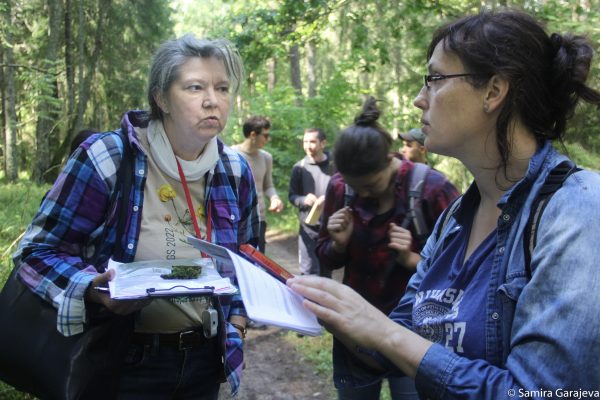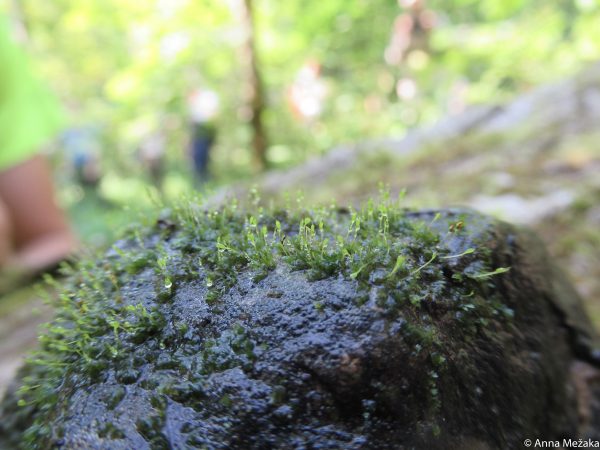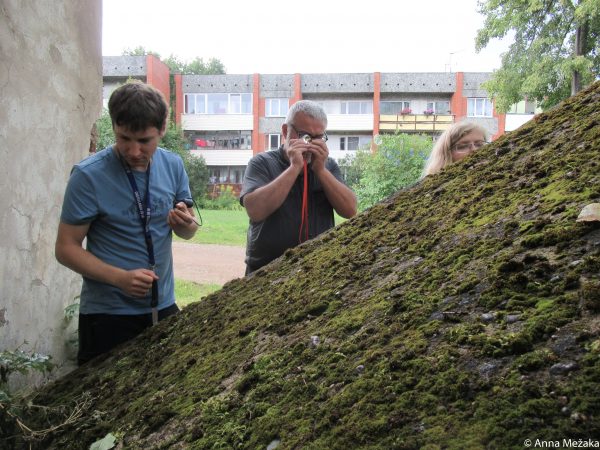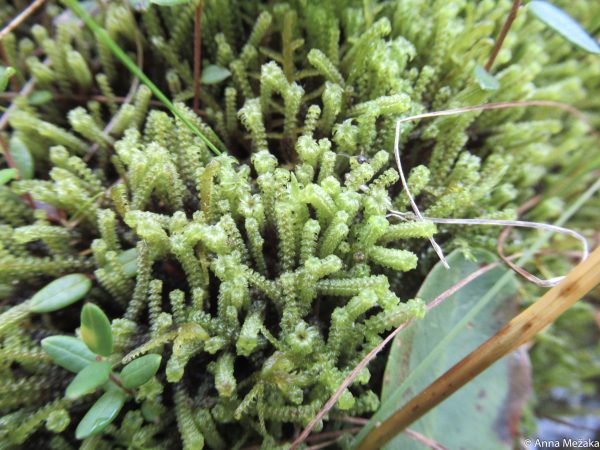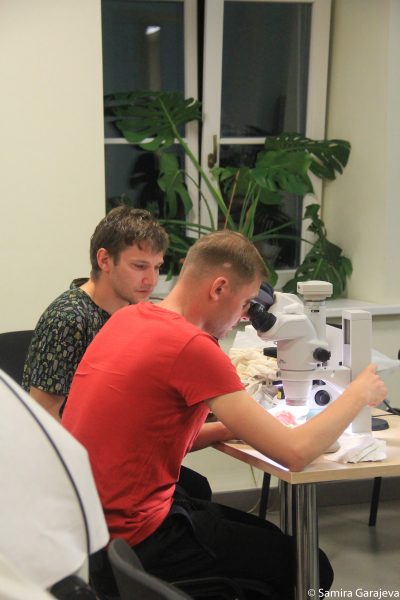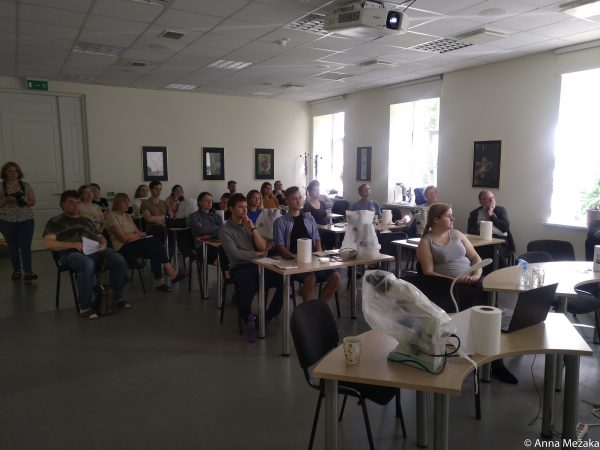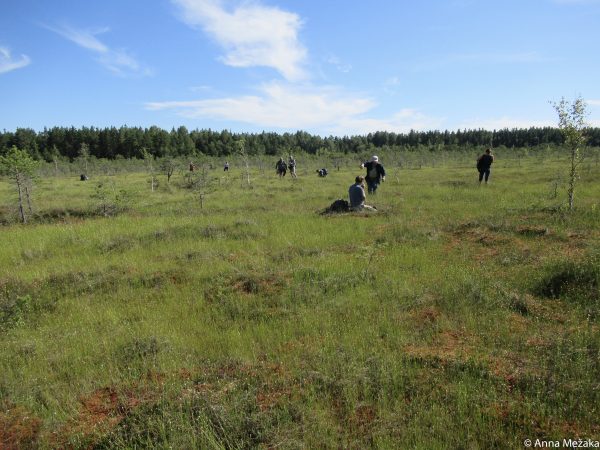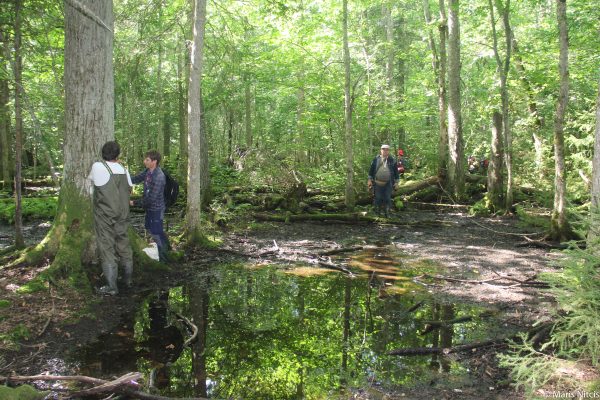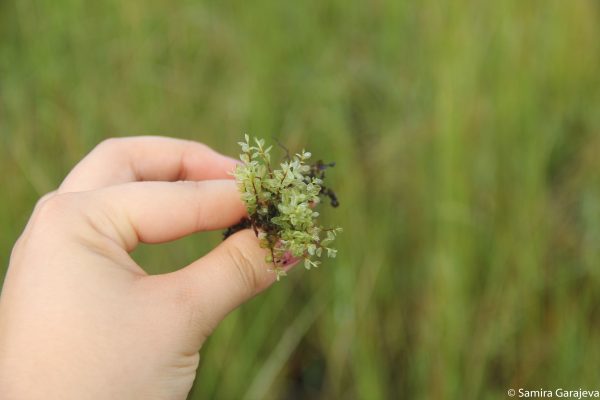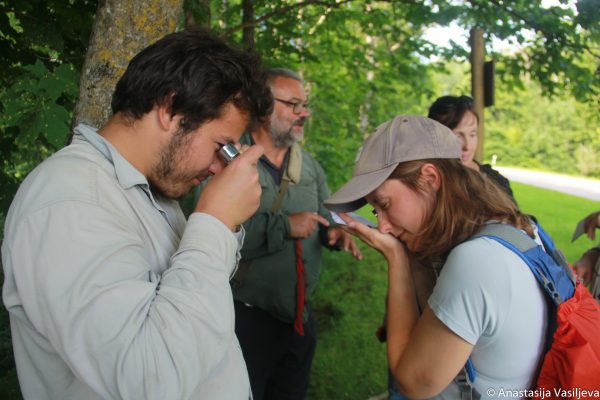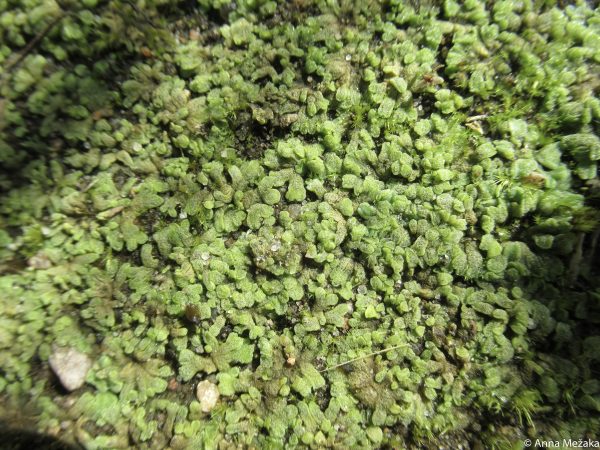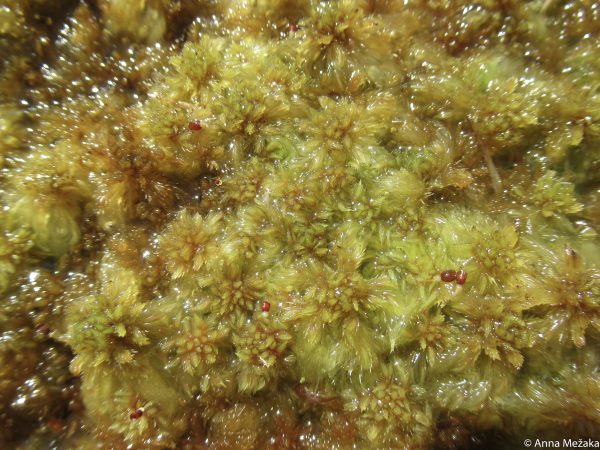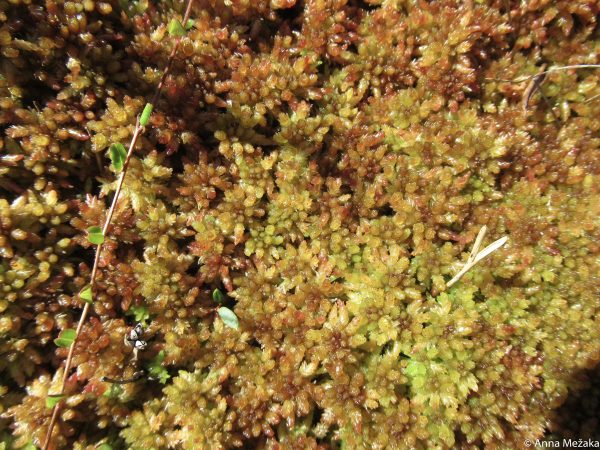
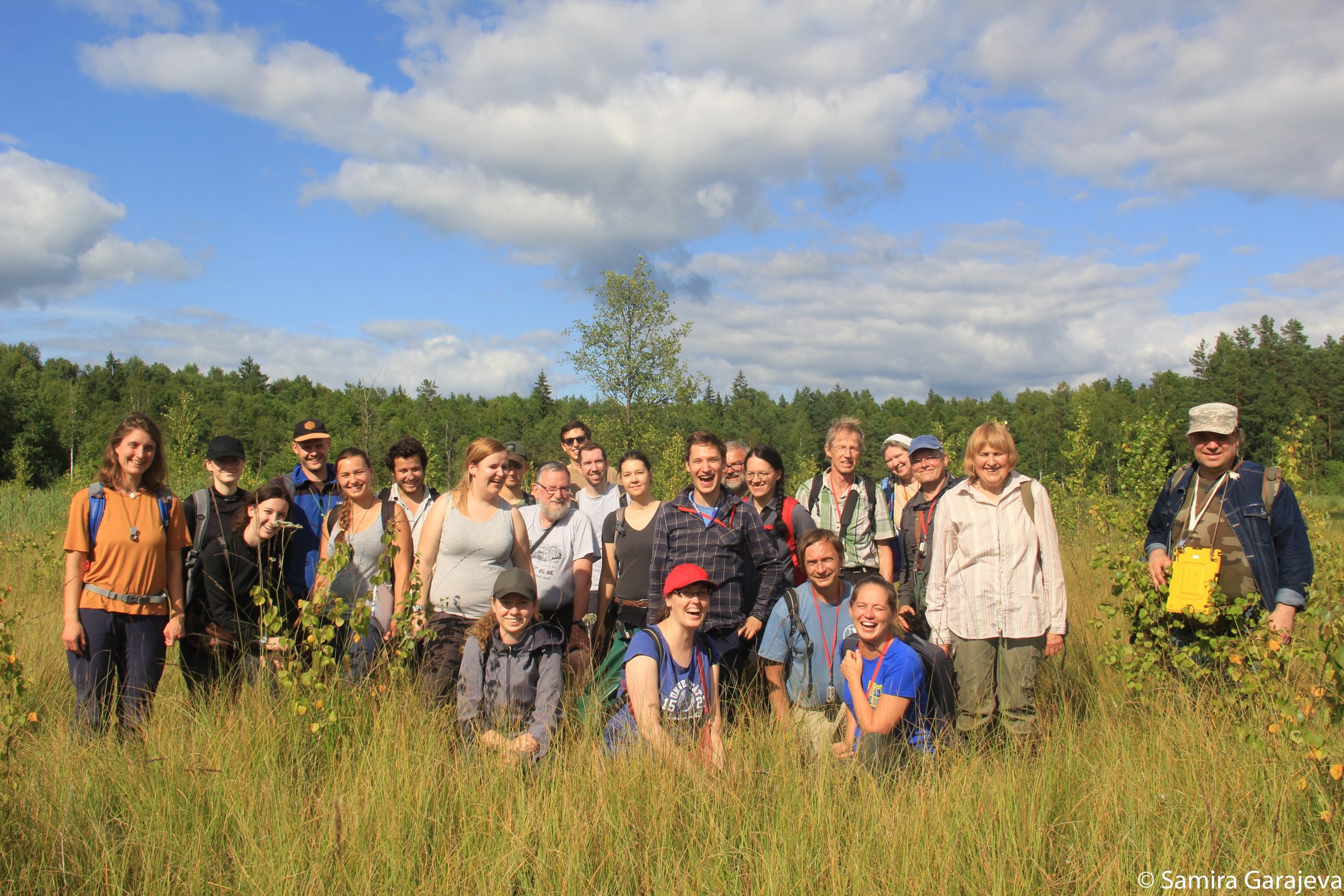
International Bryology seminar 2022 took place in Study and Research center Ilgas, Daugavpils University from august 1st till August 7th in a framework of LIFE project LIFE FOR SPECIES „ “Threatened species in Latvia: improved knowledge, capacity, data and awareness” (Project Nr. LIFE19GIE/LV/000857) organized by Institute of Life Sciences and Technology, Daugavpils University in co-operation with Biology Institute, University of Latvia and Bryological and Lichenological association for Central Europe (BLAM). Seminar united 32 participants from nine European countries: Latvia, Estonia, Germany, Lithuania, Slovakia, Spain, Poland, Croatia and Italy. Participants were students and experienced bryologists. The aim of the seminar was to increase the theoretical and practical knowledge in bryophyte identification, distribution, ecology and conservation. Seminar participants also gave a significant contribution in finding new records of rare bryophyte species in Latvia. During the seminar Latvian bryophyte expert calibration was promoted with experienced bryophyte experts from other countries. During the seminar also young bryologists gained important experience in bryophyte identification.
In a first seminar day project coordinator Laura Taube presented information about the project LIFE FOR SPECIES aim and activities, but Dr. Uldis Valainis and Dr. Anna Mežaka presented information about Daugavpils University (DU) and recent investigations in Institute of Life Sciences and Technology.
On the second seminar day, Dr. Steffen Caspari, who is a director of the Red-listed species center in Germany and also a member of the BLAM, gave a lecture (both for seminar participants and in zoom remotely) about German Red-list co-ordination with bryophyte examples. This knowledge will help also Latvian bryophyte experts in Red-listed bryophyte evaluation based on IUCN criteria. After the lecture, Dr. Anna Mežaka guided a field trip to the boreal forest near Ilgas, where participants were surveying bryophyte species on different substrates. Later, after lunch, MSc. Uvis Suško showed bryophytes in transient mire near Vjazgine lake. During these field trips, interesting bryophyte records were found as Odontoschisma denudatum, Drepanocladus lycopodioides, Hamatocaulis vernicosus, Pseudocalliergon trifarium.
On a way to Vjazgine lake interesting and surprising records of rare bryophyte species were found in a crop field: Anthoceros agrestis, Phaeoceros carolinianus, Riccia cavernosa atrašana by Dr. Steffen Caspari. Riccia cavernosa is bryophyte 2022 and the population of this species in the surveyed crop field patch could be several square decimeters that could be the largest known population till now in Latvia.
At the end of the second seminar day, Alexander Caspari, who is a BLAM member, gave presentation about the German bryophyte atlas implementation process. After the presentation, seminar participants were identifying bryophyte samples with microscopes.
On a third seminar day, participants were exploring bryophytes in the transient mires (Pokšānu mire and Pelēču lake mire) as well as in the forest in Jaša Nature Reserve. Rare bryophyte species Paludella squarrosa and Cinclidium stygium were found in Pokšānu mire. Dr. Baiba Bambe and Dr. Līga Strazdiņa were describing bryophyte flora and specific landscape area of Pelēču lake mire to seminar participants. Some time ago, Dr. Baiba Bambe was also the initiator of the establishment of Pelēču lake mire Nature Reserve. Not far from the Pelēču lake mire Nature Reserve is located Jaša Nature Reserve, where Dr. Baiba Bambe gave a talk about forest bryophytes on different substrates. The special finding of Dr. Steffen Caspari was Oxystegus tenuirostris, which in Latvian Red-list (published in 1994) was described as disappeared species in Latvia.
On the evening of the seminar’s third day, Dr. Pēteris Evarts-Bunders showed the herbarium of Daugavpils University to seminar participants in Study and Research center “Ilgas”. After the herbarium visit, PhD student José Ángel Morales Sánchez from the Estonian University of Life Sciences gave a presentation about bryophyte physiological responses to changed environmental conditions. The evening continued with participant discussions and microscopy.
The fourth seminar day started with a longer field trip to the Teiču Nature reserve, where Dr. Baiba Bambe gave a talk about the history and bryophytes of the Reserve. Seminar participants were especially excited about Teiču bog wide scale and natural environment. In Teiču bog was found also rare bryophyte Odontoschisma sphagni. In the evening, MSc. Agnė Mikalauskienė presented a study about Sphagnum diversity in Aukštumala mire in relation to anthropogenic influence. Afterwards, PhD student Manuel Tiburtini from the University of Pisa gave a presentation about the Italian red-list of liverworts. Participant discussions and microscopy took place in the evening.
On the fifth seminar day participants were traveling more than 3 hours to Lubāna Nature reserve. The first field trip stop was near Pededze river, where PhD student Evita Oļehnoviča from Daugavpils University gave a talk about floodplain forest bryophytes, including also rare moss Dicranum viride. At the afternoon seminar participants enjoyed the alluvial forest, where several rare bryophyte species were found: Trichocolea tomentella, Neckera complanata, Lejeunea cavifolia. Evita Oļehnoviča gave a presentation about black alder forest bryophytes in the evening. Afterwards, seminar participant discussions and bryophyte sample microscopy were continued.
The sixth seminar day started in Pilskalnes Siguldiņa Nature Reserve, where MSc. Uvis Suško with Dr. Ligita Liepiņa gave a talk about site history and bryophyte diversity. There also rare bryophyte Fissidens arnoldii that grows on stones in creek was found. In the afternoon additional voluntary presentations were given, where Werner Peter Scholz was explaining the importance of the exsiccatae database today; Manuel Tiburtini opened discussion about the meaning of the species definition and Uvis Suško gave a talk about bryophytes which are growing in water habitats.
Right now seminar participants are working with collected bryophyte samples in their home countries and probably soon we will hear about new bryophyte species in Latvia.
International bryology seminar 2022 promoted the co-operation among students, researchers, practitioners that will continue after the seminar as new projects and other activities.
Additional information:
https://du.lv/en/news/international-bryology-seminar-2022/
Contact: Dr biol. Anna Mežaka, Email: anna.mezaka@du.lv

